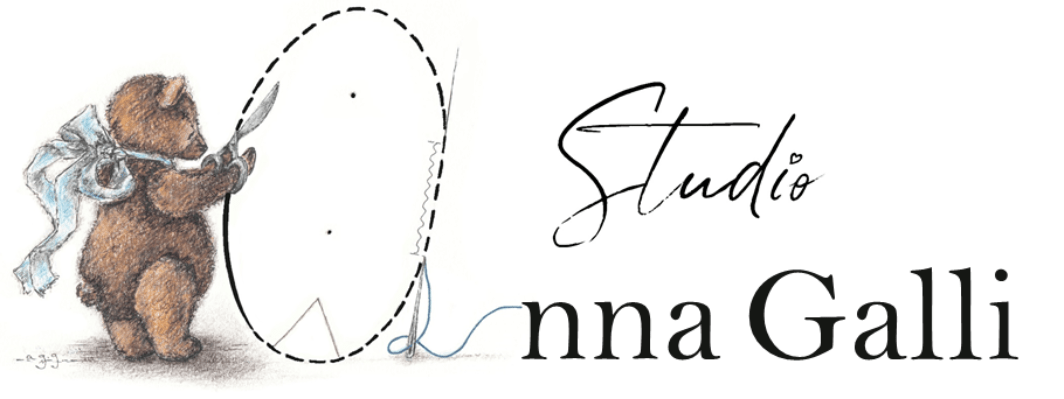Viscose is a type of rayon fiber that is made from natural sources such as wood and agricultural products that are regenerated as cellulose fiber. The molecular structure of natural cellulose is preserved in the process. The many types and grades of viscose fibers can imitate the feel and texture of natural fibers such as silk, wool, cotton, and linen. The types that resemble silk are often called artificial silk. The fibre is used to make textiles for clothing and other purposes.
Rayon is manufactured from naturally occurring cellulose; hence, it is not considered to be synthetic. Technically, the term synthetic fiber is reserved for fully synthetic fibers made from synthetic polymers. In manufacturing terms, rayon is classified as “a fiber formed by regenerating natural materials into a usable form”[citation needed]. Specific types of rayon include viscose, modal and lyocell, each of which differs in the manufacturing process and the properties of the finished product.
Viscose can mean:
A viscous solution of cellulose
A synonym of rayon
A specific term for viscose rayon — rayon made using the viscose (cellulose xanthate) process
The viscose fiber is made from dissolving wood pulp and regenerating it in the form of fibers. Pulp made from wood or bamboo is the most common raw material for making viscose. Viscose process dissolves cellulose pulp with aqueous sodium hydroxide in the presence of carbon disulfide. This viscous solution bears the name viscose. The cellulose solution is used to spin the viscose or the rayon fiber. Viscose rayon fiber is a soft fiber commonly used in dresses, linings, shirts, shorts, coats, jackets, and other outerwear. It is also used in industrial yarns, tyre cord, upholstery and carpets, to make disposable wipes, cleaning cloths and in the casting of cellophane.
Wanna know more? Click here
